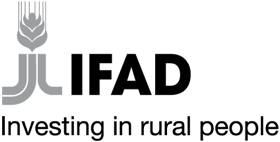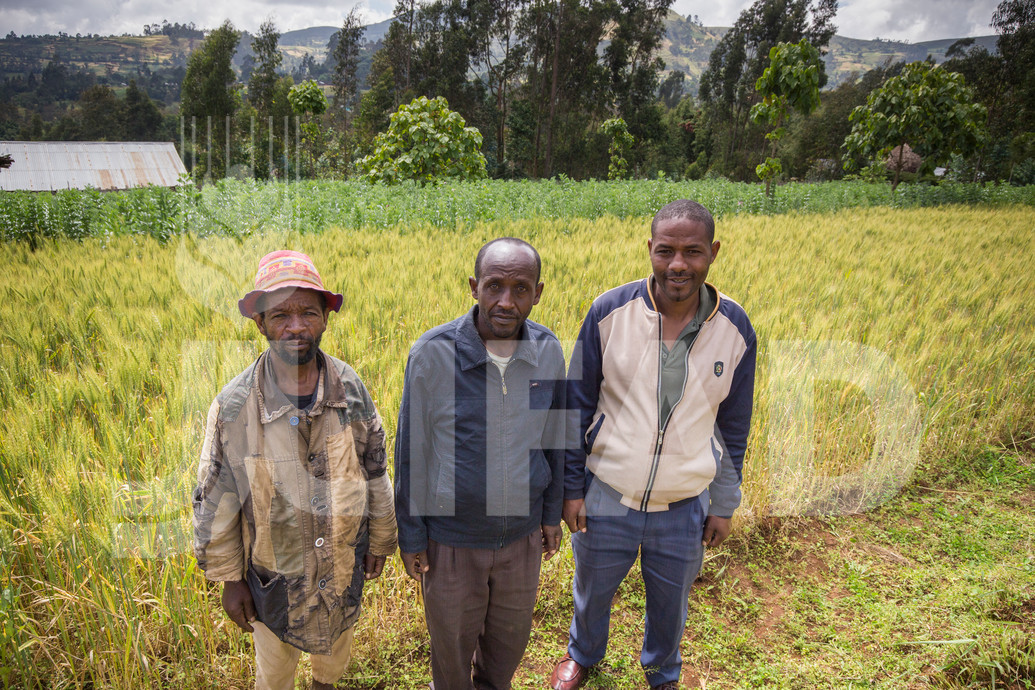| ID: | 62701 |
|---|---|
| Country: | Ethiopia |
| Title: | Ethiopia - Indigenous Tree Species Restoration, Climate Change Adaptation and Indigenous Livelihood Enhancement Project November 2018 |
| Description: |
Ethiopia, December 13 2018, Dozo, Dambo Kebele, Chencha district Chencha- Guggie Indigenous Tree Species Restoration, Local Climate Change Adaptation and Indigenous Livelihood Enhancement Project Year: 2011- 2013 Gamo People The project beneficiaries own the land communally (600 households) about 0.5ha in size. It’s in this land that they’ve planted the indigenous trees from the Climate change project. The Anka indigenous tree has been planted in various points in the farm as its leaves are used to fertilize the soil and also mixed with animal manure to create compost that’s used in the farm. The Anka is known to also have noddle like roots that help in water retention providing further benefits to the land. A number of other indigenous trees are planted around the farm including; Borto, Koso and Etsa which were the main indigenous trees selected by beneficiaries of the project as essential for the environment but also good for their land. A demonstration farm has been set up on this communal land to train farmers on various agriculture techniques. However, the yields have been low as the soil fertility in the farm was low. After the indigenous trees were transplanted to the farm from nurseries and started maturing, their leaves were pruned and used for fertilizing the soil. Some minimal artificial fertilizer was also used and the yield has increased in the last 3 years. Most of the yield from the communal land is used for household consumption and any surplus is sold. Dosa Dosho is 66 years of age. Value of the indigenous trees and why this project was important to Dosa Increasing soil fertility which in turn means good crop yield and/increase in productivity of the land. The trees also provide animal fodder especially in the dry/drought seasons. Dosa had prior knowledge of the value of the trees before the project but his generation let go of this knowledge and cut down the trees for its monetary value without replacing/replanting them. When an earlier Participatory Video Project was initiated that highlighted the effects of climate change and how destruction of the environment was a huge contributor, he and fellow beneficiaries from this project decided to use the knowledge gained to replant these tree species. He also realized that trees have so many benefits and it was important to preserve them and when they needed to be cut down, then new trees needed to be planted. In addition, he understood from the project trainings on climate change adaptation and mitigation why the cropping seasons were changing, underground water sources were diminishing and how the air remains clean when they better take care of their environment. The trainings gave them the technical understanding of what was happening to their region in terms of the changing climate but also the language to now describe it. Dosa is now joined in the interview by Zalalem Dejene, Daniel Gomasha (a facilitator in the project) and Tekalign Haira (a non-beneficiary of the project but was motivated to also plant the trees in his farm when he understood how valuable they were). The community here in Dambo Kebele continue to raise tree nurseries and plant the trees post the project implementation period a sign that they’ve understood the importance of taking care of their environment. On the picture: Dosa Dosho (L), Zalalem Dejene (M) and Daniel Gomasha (R) Photo: IFAD/Petterik Wiggers |
| Size: | 19.85 MB; 6566 x 4377 pixels; 556 x 371 mm (print at 300 DPI); 1737 x 1158 mm (screen at 96 DPI); |
| Copyright: | ©IFAD/Petterik Wiggers |
| Categories: | none |
| URL: | www.ifad.org |

